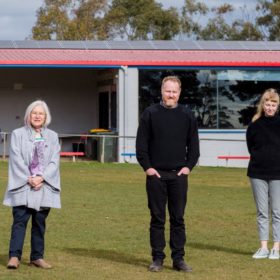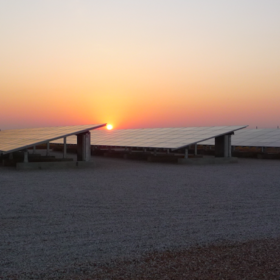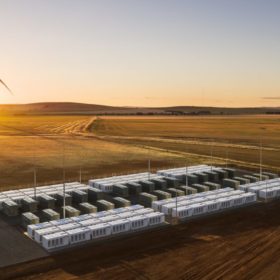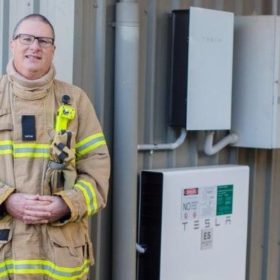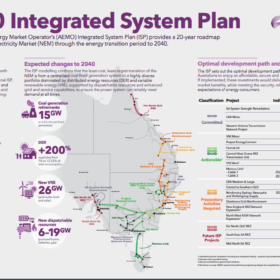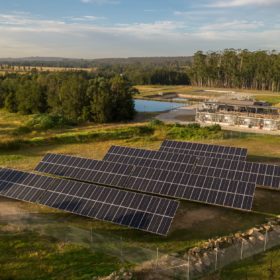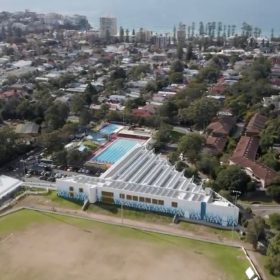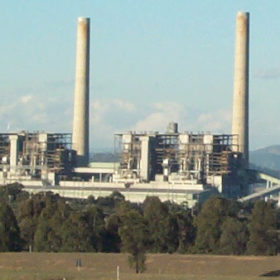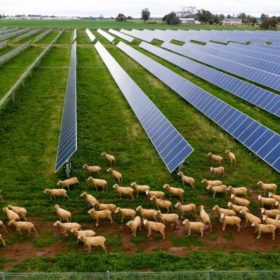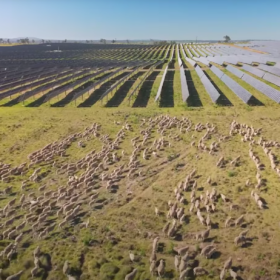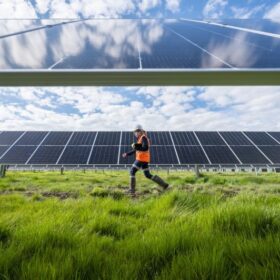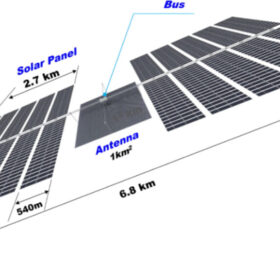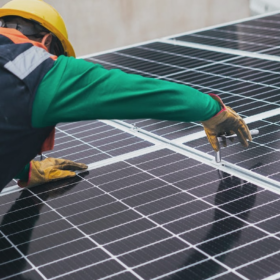CSIRO report shows flightpath to hydrogen fuelled commercial aviation
With the disruption of Covid-19 highlighting the climatic impact of the aviation industry, a recent report from the CSIRO funded by Boeing shows that hydrogen fuel’s technological momentum could see clean hydrogen used in airports by as early as 2025, and a full transition from conventional jet fuel by 2050.
How solar is securing rural bushfire ‘last resorts’
The Hepburn Recreation Reserve has been recently fitted out with a solar installation accompanied by a Tesla Powerwall 2. The combined system is not only a great result for the local sports clubs, it also helps Hepburn Shire on its way to 100% renewables, and what is more, also secures the important facility as a ‘last resort’ for the community during a bushfire.
Solar dreaming in Broome, WA Recovery Plan for Kimberley revealed
The Kimberley Recovery Plan spells out in regional focus the renewable energy investments heading to the Kimberley from the Western Australian Government’s $5.5 billion WA Recovery Plan. The Kimberley region is set for an injection of funds to help fortify a sustainable renewable energy sector, particularly for the uptake of residential rooftop solar and energy storage systems.
Hornsdale posts big first-half revenue for Neoen, solar remains consistent despite poor conditions
Neoen’s Hornsdale Power Reserve has gone to work in the first half of 2020, virtually tripling the French renewables developer’s storage revenue on comparative 2019 levels. However, this growth was largely caused by a one-off event, and a slower Q2 highlights the need for FCAS policy renewal. Neoen’s Australian solar revenues could also achieve little more than consistency thanks to poor conditions.
Tesla battery protects Malmsbury Fire Station from power outages
Malmsbury Fire Station in Victoria has been generously donated a Tesla Powerwall 2 battery, a gift that allows the Malmsbury Fire Brigade to remain operational and vigilant despite power outages.
AEMO’s 2020 ISP: A roadmap to the world’s fastest energy transition
If it was designed with a focus on reliability, security and the lowest cost for consumers, Australia’s main electricity grid would see periods in which nearly 90% of demand is met by renewable generation. A diverse portfolio of distributed energy resources and large-scale solar and wind generation supported mainly by pumped hydro and batteries would ensure the least-cost transition as the nation’s coal plants retire. Adequate investment in transmission infrastructure will be instrumental in making this a reality.
NSW Govt to invest $15m in Hunter Water solar uptake
NSW State Government-owned water and sewage utility Hunter Water is set to join a now surging river of water utilities around Australia investing strongly in the uptake of solar PV. The announcement came with the completion of a 100 kW system at Branxton Wastewater Treatment Works.
The sun shines on Sydney’s Northern Beaches, but can it shine for them?
Sydney’s Northern Beaches Council has installed its largest solar array to date, a 265 kW rooftop system atop the Andrew ‘Boy’ Charlton Aquatic Centre in Manly. Council is revving up its solar capacity on its way to a goal of having renewable energy power all suitable Council sites by 2030, an ambition it hopes will inspire more local residents to take up solar too.
A ‘just transition’ just about the only transition worth having
A team of international researchers featuring ANU’s Prof Frank Jotzo has published a study on the ‘just transition’ from coal to renewable sources of energy. The paper looks at comparative examples of transitioning economies, taking account of political realities, and ultimately shows that a ‘just transition’ is just about the only transition worth having.
Parkes transmitted the moon, now it’s transmitting the sun
The New South Wales town of Parkes, famous for its involvement in the Apollo 11 Moon landing, is set to play a part in another scientific wonder, the transition to renewable energy, after the NSW Government approved the development of the 80 MW Quorn Park Solar Farm. A small step in the plan , but a giant leap for the planet.

